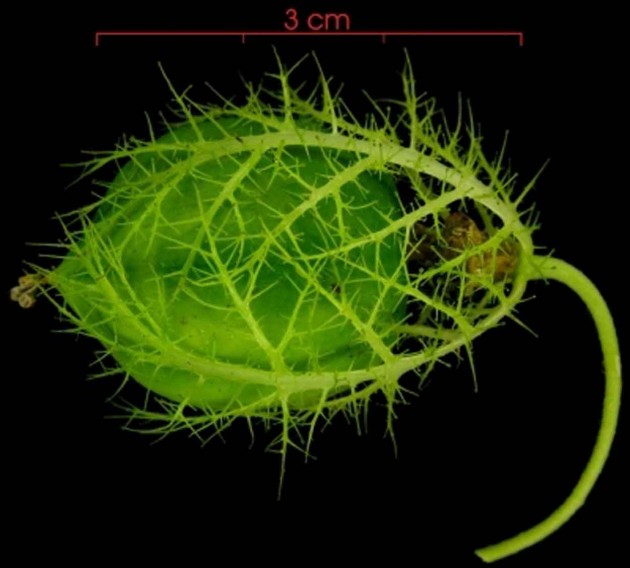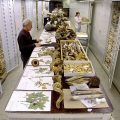For centuries, explorers from Europe and North America have been creating collections of newly discovered plants by pressing bright flowers and green tendrils onto herbarium sheets, where the plants are catalogued, kept and studied in collections both large and small. Now an organization known as the Global Plants Initiative is catapulting the accessibility of these botanical collections to a new level with the creation of a massive online database of high-resolution digital scans of botanical specimens. This is an amazing, new way to share high resolution information about plants that has only been available in European and United States institutions until very recently.

Plant collectors dry plants and mount them on paper sheets that are stored in plant collections called herbaria. This plant specimen was collected in Panama nearly 100 years ago by Henri Pittier. The Global Plants Initiative puts high resolution scans of the specimens used by botanists to name plants on the Internet.
The Global Plants Initiative has enlisted the participation of dozens of museums and research organizations around the world. For example, the Andrew W. Mellon Foundation recently sponsored a project to make collections of African plants digitally accessible by offering free digital scanners and training to large herbarium collections around the world. The Smithsonian Tropical Research Institute in Panama serves as a regional digitization center for a Latin American Plants Initiative. For a number of years Tropical Research Institute staff have coordinated the digital scanning of plant specimens at a number of small herbaria in Latin America. Both organizations are participants in the Global Plants Initiative.
This image of a passion-fruit flower is one of tens of thousands of images accessible through the Global Plants Initiative online database.
Anyone can access this new database by entering the Web site: https://plants.jstor.org/, and searching a region, collector, plant or herbarium to generate a list of plants. A viewer tool allows users take a very close look at plant details—star-shaped hairs, translucent dots, stamens loaded with pollen grains—that allow botanists to distinguish one plant from another and designate the different species.
The Global Plants Initiative currently partners with 175 museums, universities and herbaria from 60 countries and is actively working to further extend participation in its online dabase. The database holds almost 1.5 million images, among them 151,000 images of botanical artwork, photographs and reference materials. Nearly 7,500 images of newly scanned specimens arrive each week.

This image of an unripe passion-fruit flower is one of tens of thousands of images accessible through the Global Plants Initiative online database.
“One of the major problems with comparing data from different places is that the same species may be given one name in Brazil and another in Ecuador. Now, online plant specimens give all botanists access to the same references and should greatly increase the consistency and accuracy of species identifications,” says Helene Muller-Landau, a Smithsonian ecologist .
“The Global Plants Initiative, in conjunction with other new tools like genetic barcoding, will revolutionize plant biology—sharing information with countries where it was collected long ago,” says Tropical Research Institute Director Eldredge Bermingham.
The Global Plants Initiative is holding a participant meeting at from Jan. 11-13 at the Smithsonian Tropical Research Institute in Panama.






